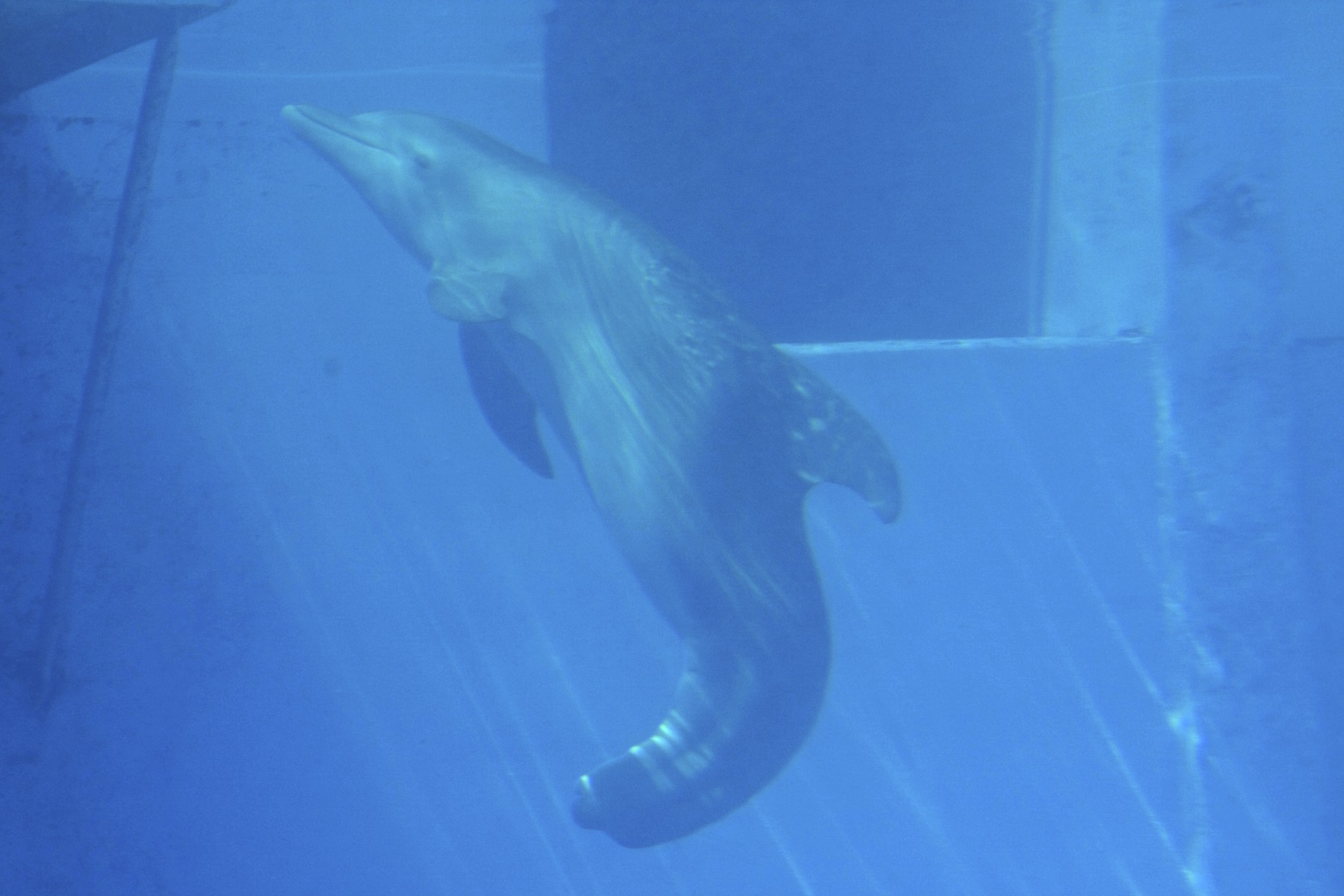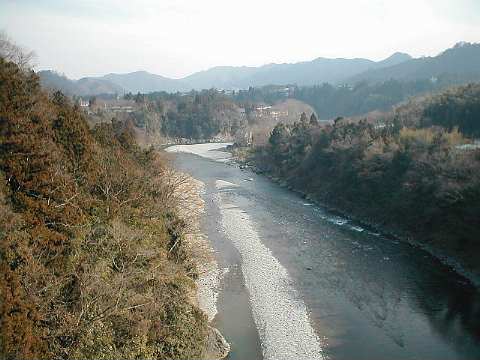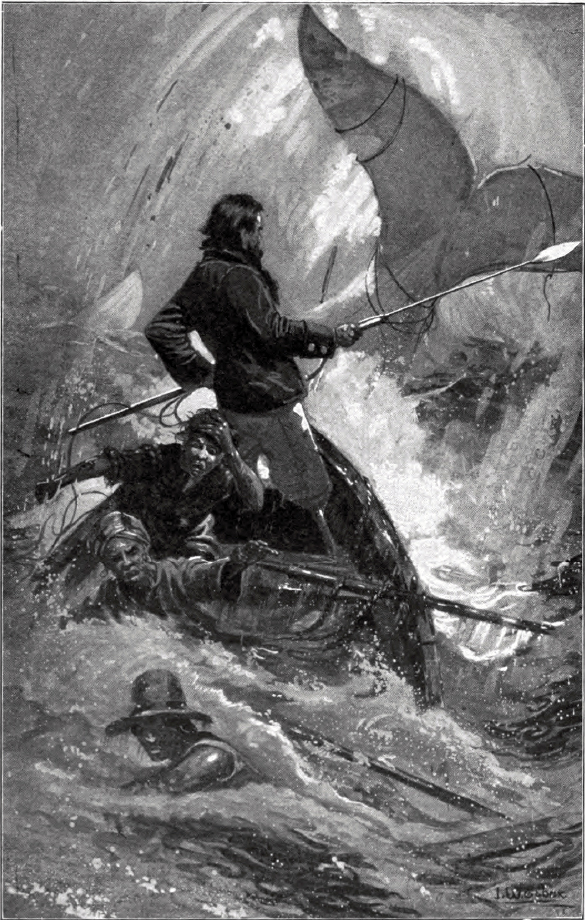|
Benny The Beluga Whale
Benny is a Beluga whale (''Delphinapterus leucas'') that made headlines in the United Kingdom in September 2018 after being sighted travelling towards London through the Thames Estuary. Benny was sighted several times over the ensuing weeks after his discovery in the Estuary, and appears to be healthy despite appearing alone. As of December 2018, Benny appeared to have taken residence in the estuary, as sightings continued. His continued presence caused the development of the Thames Tunnel to be delayed. Scientists later concluded that the whale departed the Thames Estuary in early 2019. Background While sightings of Belugas have been reported in the temperate waters of the Atlantic Ocean at latitudes similar to that of the UK, the species is normally social, and it is unusual for an individual of the species to be found alone. Beluga sightings in the vicinity of the Thames are especially rare; the most recent appearance of the species in the area was in 1913. Various species of C ... [...More Info...] [...Related Items...] OR: [Wikipedia] [Google] [Baidu] |
Beluga Whale
The beluga whale () (''Delphinapterus leucas'') is an Arctic and sub-Arctic cetacean. It is one of two members of the family Monodontidae, along with the narwhal, and the only member of the genus ''Delphinapterus''. It is also known as the white whale, as it is the only cetacean to regularly occur with this colour; the sea canary, due to its high-pitched calls; and the melonhead, though that more commonly refers to the melon-headed whale, which is an oceanic dolphin. The beluga is adapted to life in the Arctic, with anatomical and physiological characteristics that differentiate it from other cetaceans. Amongst these are its all-white colour and the absence of a dorsal fin, which allows it to swim under ice with ease. It possesses a distinctive protuberance at the front of its head which houses an animal echolocation, echolocation organ called the Melon (whale), melon, which in this species is large and deformable. The beluga's body size is between that of a dolphin and a true ... [...More Info...] [...Related Items...] OR: [Wikipedia] [Google] [Baidu] |
The Daily Telegraph
''The Daily Telegraph'', known online and elsewhere as ''The Telegraph'', is a national British daily broadsheet newspaper published in London by Telegraph Media Group and distributed across the United Kingdom and internationally. It was founded by Arthur B. Sleigh in 1855 as ''The Daily Telegraph & Courier''. Considered a newspaper of record over ''The Times'' in the UK in the years up to 1997, ''The Telegraph'' generally has a reputation for high-quality journalism, and has been described as being "one of the world's great titles". The paper's motto, "Was, is, and will be", appears in the editorial pages and has featured in every edition of the newspaper since 19 April 1858. The paper had a circulation of 363,183 in December 2018, descending further until it withdrew from newspaper circulation audits in 2019, having declined almost 80%, from 1.4 million in 1980.United Newspapers PLC and Fleet Holdings PLC', Monopolies and Mergers Commission (1985), pp. 5–16. Its si ... [...More Info...] [...Related Items...] OR: [Wikipedia] [Google] [Baidu] |
List Of Individual Cetaceans
Cetaceans are the animals commonly known as whales, dolphins, and porpoises. This list includes individuals from real life or fiction, where fictional individuals are indicated by their source. It is arranged roughly taxonomically. Baleen whales Rorquals * 52-hertz whale (may be a blue whale hybrid) Blue whales * KOBO Fin whales * Moby Joe, a fin whale who became trapped in Newfoundland, the subject of Farley Mowat's 1972 book ''A Whale for the Killing''. Humpback whales * Delta and Dawn * George and Gracie from '' Star Trek IV: The Voyage Home'' * Humphrey the Whale * Migaloo * The Montreal whale * Mister Splashy Pants * Tay Whale Gray whales * Bonnet, Crossbeak, and Bone or Putu, Siku, and Kanik (in Inupiaq), or Fred, Wilma, and Bamm-Bamm in the book ''Big Miracle'' and film adaptation * Klamath River Whales Toothed whales Beaked whales Northern Bottlenose Whales * River Thames whale Dolphins * Delphinus from Greek mythol ... [...More Info...] [...Related Items...] OR: [Wikipedia] [Google] [Baidu] |
Slippery The Sea Lion
Slippery the Sea Lion was a California sea lion (''Zalophus californianus'') who in June 1958 escaped from a marine mammal park in London, Ontario, Canada. The animal swam down the Thames to Lake St. Clair, and down the Detroit River to Lake Erie, finally being caught near Sandusky, Ohio by employees of the Toledo Zoo. The escape and subsequent sightings generated a considerable media frenzy, which was exploited by the owners of Storybook Gardens, the sea lion's home. Rumours persisted for decades that park employees had planned the escape as a publicity stunt In marketing, a publicity stunt is a planned event designed to attract the public's attention to the event's organizers or their cause. Publicity stunts can be professionally organized, or set up by amateurs. Such events are frequently utilize .... A "custody dispute" staged by the Storybook and Toledo parks may have contributed to the impression. He later died in January 1967.Chatham Daily News, June 2010 (Article ID# 2 ... [...More Info...] [...Related Items...] OR: [Wikipedia] [Google] [Baidu] |
Tokyo
Tokyo (; ja, 東京, , ), officially the Tokyo Metropolis ( ja, 東京都, label=none, ), is the capital and largest city of Japan. Formerly known as Edo, its metropolitan area () is the most populous in the world, with an estimated 37.468 million residents ; the city proper has a population of 13.99 million people. Located at the head of Tokyo Bay, the prefecture forms part of the Kantō region on the central coast of Honshu, Japan's largest island. Tokyo serves as Japan's economic center and is the seat of both the Japanese government and the Emperor of Japan. Originally a fishing village named Edo, the city became politically prominent in 1603, when it became the seat of the Tokugawa shogunate. By the mid-18th century, Edo was one of the most populous cities in the world with a population of over one million people. Following the Meiji Restoration of 1868, the imperial capital in Kyoto was moved to Edo, which was renamed "Tokyo" (). Tokyo was devastate ... [...More Info...] [...Related Items...] OR: [Wikipedia] [Google] [Baidu] |
Tama River
The is a major river in Yamanashi, Kanagawa and Tokyo Prefectures on Honshū, Japan. It is officially classified as a Class 1 river by the Japanese government. Its total length is , and the total of the river's basin area spans . The river flows through Tokyo, on the dividing line between Tokyo and Kanagawa. In the city, its banks are lined with parks and sports fields, making the river a popular picnic spot. Course The Tama's source is located at Mt. Kasatori in Koshu in Yamanashi Prefecture. From there, it flows eastward into mountainous western Tokyo, where the Ogōchi Dam forms Lake Okutama. Below the dam, it takes the name Tama and flows eastwards through Chichibu Tama Kai National Park towards Ōme, Tokyo. It then flows southeast between Tama Hills and Musashino Terrace. At Hamura is the source of the historic Tamagawa Aqueduct built by the Tamagawa brothers in 1653 to supply water to Edo (present day Tokyo). Further downstream, the river forms the boundary betw ... [...More Info...] [...Related Items...] OR: [Wikipedia] [Google] [Baidu] |
Bearded Seal
The bearded seal (''Erignathus barbatus''), also called the square flipper seal, is a medium-sized pinniped that is found in and near to the Arctic Ocean. It gets its generic name from two Greek words (''eri'' and ''gnathos'') that refer to its heavy jaw. The other part of its Linnaean name means bearded and refers to its most characteristic feature, the conspicuous and very abundant whiskers. When dry, these whiskers curl very elegantly, giving the bearded seal a "raffish" look. Bearded seals are the largest northern phocid. They have been found to weigh as much as with the females being the largest. However, male and female bearded seals are not very dimorphic. The only member of the genus ''Erignathus'', the bearded seal is unique in that it is an intermediate. Bearded seals belong to the family Phocidae which contains two subfamilies: Phocinae and Monachinae. The bearded seal possesses characteristics of both of these subfamilies. Fossils first described in 2002 indicate ... [...More Info...] [...Related Items...] OR: [Wikipedia] [Google] [Baidu] |
Tama-chan
is the name given to a male bearded seal which was first spotted on August 7, 2002 near Maruko Bridge on Tama River in Tokyo, Japan, and subsequently became a national celebrity in Japan. Name Tama-chan is named after the river ('' Tama'') where he was first sighted. Strictly speaking, ''Tama'' is the actual name of the seal, and the ''-chan'' suffix is a Japanese title (similar to ''-san'') which marks endearment and/or cuteness. Sightings The first sighting of the seal was reported heavily in the Japanese media amid speculation as to whether the normally arctic seal could survive in a Tokyo river during summertime. Subsequent sightings generated massive publicity as huge crowds gathered to watch and TV crews broadcast live footage across Japan. Tama-chan subsequently moved to rivers in nearby central Yokohama where he was a regular sight in Tsurumi and Katabira Rivers for the following months. Thousands gathered on bridges in the city daily to catch a glimpse of the celebrit ... [...More Info...] [...Related Items...] OR: [Wikipedia] [Google] [Baidu] |
Lower Rhine
The Lower Rhine (german: Niederrhein; kilometres 660 to 1,033 of the river Rhine) flows from Bonn, Germany, to the North Sea at Hook of Holland, Netherlands (including the Nederrijn or "Nether Rhine" within the Rhine–Meuse–Scheldt delta); alternatively, ''Lower Rhine'' may refer to the part upstream of Pannerdens Kop, excluding the Nederrijn. Almost immediately after entering the Netherlands, the Rhine splits into numerous branches. The main branch is called the Waal which flows from Nijmegen to meet the Meuse; after which it is called Merwede. Near Rotterdam the river is known as Nieuwe Maas, and becomes the Nieuwe Waterweg flowing into the North Sea at Hook of Holland. The downstream Lower Rhine is a low lying land. Up to the beginning of industrialization roughly one fifth of the land area could only be used as pasture: an endless meadow, which could not be farmed because of flooding and a high ground-water level. However, the remaining soils of the Lower Rhine were alwa ... [...More Info...] [...Related Items...] OR: [Wikipedia] [Google] [Baidu] |
Moby Dick (Rhine)
Moby Dick (''Willi de Waal'' in the Netherlands) was a beluga, or white whale, that caused a sensation in 1966 along the Lower Rhine and then in all of Germany and the Netherlands. It was named after the whale in the 1851 novel ''Moby-Dick'' by Herman Melville. On May 18, 1966, a few Rhine skippers near Duisburg reported a white whale in the Rhine to the water police. Officials reacted with incredulity and made the mariners take a blood alcohol test, which came up negative. In fact, there really was a , 3,500-pound white whale swimming in the Rhine 300 kilometers from the ocean and thousands of kilometers from the natural beluga habitat in arctic waters. Moby Dick, it was later surmised, had likely been captured on the East Coast of Canada and put on a freighter and sent to a zoo in England. Shortly before landing, a storm in the English channel threw the container with Moby overboard who disappeared, before reappearing months later far up the Rhine river. Wolfgang Gewalt, the d ... [...More Info...] [...Related Items...] OR: [Wikipedia] [Google] [Baidu] |
Hammerfest
Hammerfest (; sme, Hámmerfeasta ) is a municipality in Troms og Finnmark county, Norway. Hammerfest is the northernmost town in the world with more than 10,000 inhabitants. The administrative centre of the municipality is the town of Hammerfest. Some of the main villages in the municipality include Rypefjord, Kvalsund, Forsøl, Hønsebybotn, Akkarfjord i Kvaløya, Akkarfjord i Sørøya, and Kårhamn. The municipality is the 19th largest by area out of the 356 municipalities in Norway. Hammerfest is the 102nd most populous municipality in Norway with a population of 11,274. The municipality's population density is and its population has increased by 3% over the previous 10-year period. The municipality encompasses parts of three large islands: Kvaløya, Sørøya, and Seiland. Other small islands such as Håja, Lille Kamøya and Kamøya are also located here. Most parts of the municipality do not have a road connection with the rest of Norway; only Kvaløya island is co ... [...More Info...] [...Related Items...] OR: [Wikipedia] [Google] [Baidu] |
Hvaldimir
Hvaldimir is a male beluga whale that fishermen near Hammerfest in northern Norway noticed in April 2019 wearing a camera harness. After being freed from the harness, the whale remained in the area and appeared used to humans. Speculation that he had been trained by Russia as a spy whale led to his being dubbed Hvaldimir, a pun on the Norwegian no, hval, label=none (whale) and Vladimir Putin. Appearances and reactions The whale appeared beginning on 26 April 2019 north of Hammerfest, off the island of Ingøya and near the village of Tufjord on the island of Rolvsøya, wearing a tight-fitting camera harness labelled "Equipment St. Petersburg", and rubbing against boats in apparent attempts to free himself."Trodde telefonen var tapt. Så kom 'Hvaldim ... [...More Info...] [...Related Items...] OR: [Wikipedia] [Google] [Baidu] |









